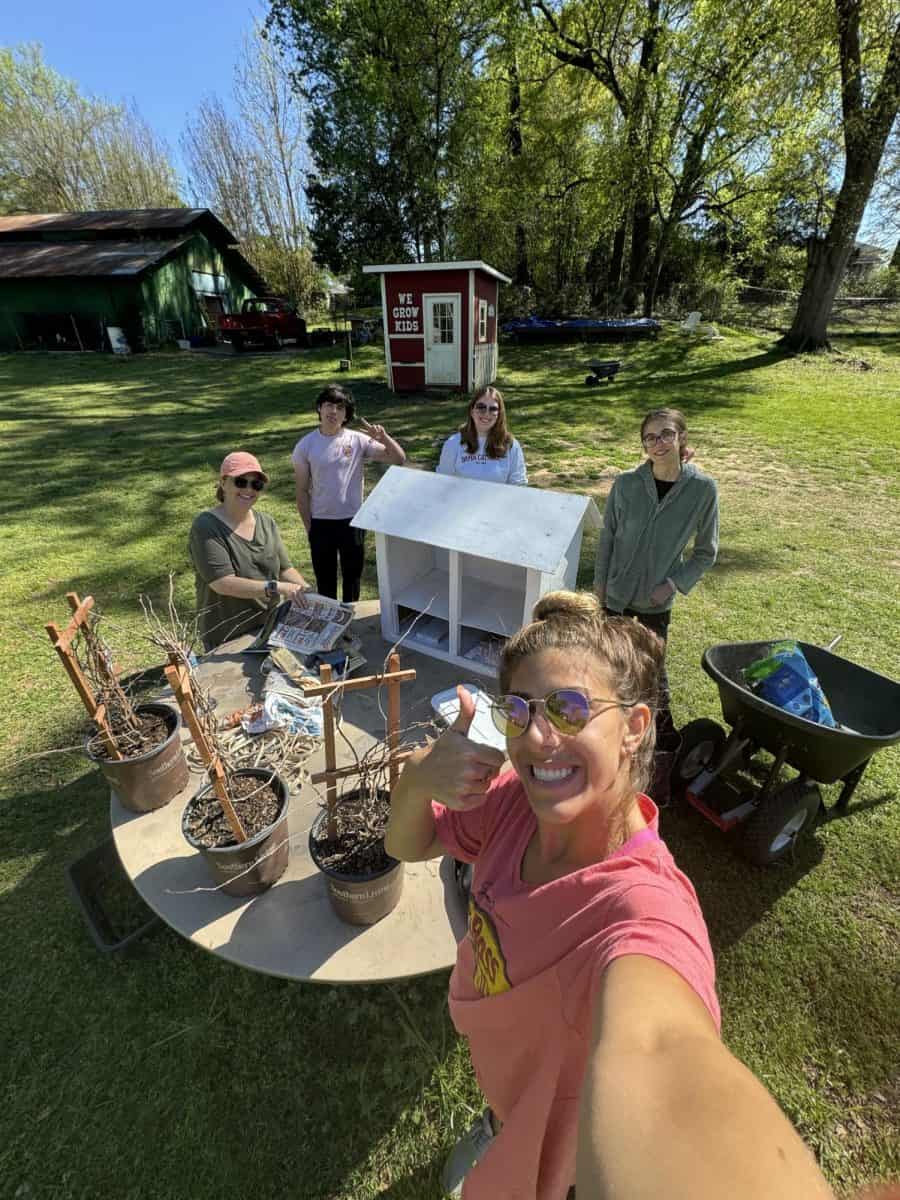A recent Pew study shows YouTube is becoming an increasingly popular outlet for many people, students included, to watch the news. While television newscasts are still a main source, the user-generated content of YouTube is ushering in a more readily available, on-demand type of news.
According to the study, most YouTube viewers visit the site in search of news relating to natural disasters or political upheavals. This footage is often a mix between raw footage of citizens directly involved in the event and edited footage from traditional news organizations.
UA professors have noticed the trend of increased YouTube viewing.
George Daniels, associate professor of journalism, said he believes YouTube is a great tool for many different reasons and even has his own YouTube channel.
“I think it’s absolutely fantastic to have a channel where you can give people more than just selected sound bites,” Daniels said. “You can actually give people full range of what was said in context. That’s one of the biggest pluses of YouTube, but also because people can comment and interact with the media.”
Jennifer Greer, a professor of journalism, has done her own research on the public’s use of various media and has found that Facebook and Twitter, in addition to YouTube, are ways in which users share online content.
“What people used to do when they were getting digital news is they would go directly to the legacy medias’ websites, so they would go directly to ABC or CNN or Fox News website and get the news,” Greer said. “But with the increase of social media and networking, what we’re finding is the people are sharing news through their social networks.”
While both professors believe that this “citizen journalism” is a good thing for the public, each voices specific concerns as to the discretion of viewers and to the agenda setting of the news corporations.
“What we have to be careful about is that we, as a consumer, check to see who posts the video, was there an agenda involved. We’re not necessarily going to see other sides,” Daniels said. “We’re going to see a particular perspective of the person who posted it. So, you have to work a little harder when using YouTube video to find all different perspectives.”
Greer is also focused with the agenda-setting side of online social media. Her recent study focused on the “opinion leaders” – popular celebrities like Rihanna and Lady Gaga – and their relationship to the news stories that become viral. Greer found that these celebrities, more often than not, turn to traditional news outlets for their information, which is then relayed to the public. With the increasing amount of citizen content showing up in places like YouTube, the traditional media is now acting more as a mediator.
“News media plays an increasingly important role of not just gathering information on their own and disseminating information, which has been our traditional role, but now we’re playing this role of filter of information,” Greer said. “In an era where everybody is a publisher and everybody is a broadcaster, people need folks they can trust to help make sense of what’s true and what’s not true and what’s important and what’s not important.”
While there is still speculation on credibility for YouTube news, UA students are turning to it for a source of information.
Hannah Downing, a senior majoring in advertising and public relations, used YouTube as a form of gathering information during the April 27 tornadoes.
“After the tornadoes that came through Tuscaloosa last spring, I used YouTube to watch footage of the storm,” Downing said. “I wanted to know what it was that I had been hiding from and actually see the thing that tore our town apart.”
Connor Cook, a sophomore majoring in political science and economics, said he searches mainly for news stories he might have missed and thinks YouTube is more neutral than major news outlets.
“I feel like videos on YouTube are the most unbiased forms of news because the people posting them on there have no hidden agenda or sponsors they have to please,” Cook said. “They only post for the sake of sharing the videos.”






